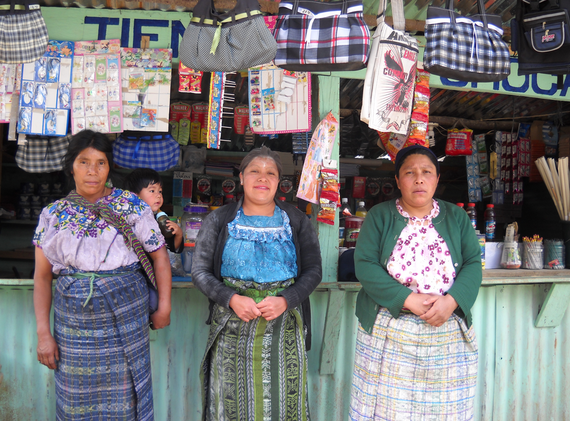 Why is it that despite new technologies and widespread innovation, today's financial sector provides such ill-fitting products and services to so many people and leaves so many more entirely unserved? We are missing a huge opportunity for business, policy and society alike - a missed opportunity with lasting negative effects.
Why is it that despite new technologies and widespread innovation, today's financial sector provides such ill-fitting products and services to so many people and leaves so many more entirely unserved? We are missing a huge opportunity for business, policy and society alike - a missed opportunity with lasting negative effects.
For an economy to thrive, we must have appropriate, affordable financial services available to a majority of people and organizations operating in it. In other words, we need financial inclusion. Historically, however, many financial services have been available only to wealthy and better-off individuals, leaving many disadvantaged and low-income people "unbanked."
Setting the economic stage: from microfinance to macro effects
Since the late 1990s, microfinance has become a major tool for financial inclusion. Microfinance is the provision of small (micro) loans and savings products for people living at the base of the economic pyramid (BOP). It has historical links to rotating savings and credit associations (or ROSCAs) that operate like community lending circles. Microfinance clients are often called microentrepreneurs; classic microfinance is focused on the provision of working capital loans - funding to build and grow small enterprises.
Modern microfinance is typically traced back to the 1970s when Mohammed Yunus began experimenting with making small loans to groups of poor women in Bangladesh. Today microfinance is credited with lifting hundreds of millions of people out of poverty around the world. Collectively, microentrepreneurs represent a formidable force in the global economy.
Yunus' original work was primarily grant-driven: it did not involve commercial capital. However, as the concept caught on - and especially, as repayment rates remained close to 100% over time - investors began to take notice, with mostly great and sometimes negative effects.
Read more: http://www.huffingtonpost.com/april-rinne/three-lessons-on-financia_b_6044312.html























